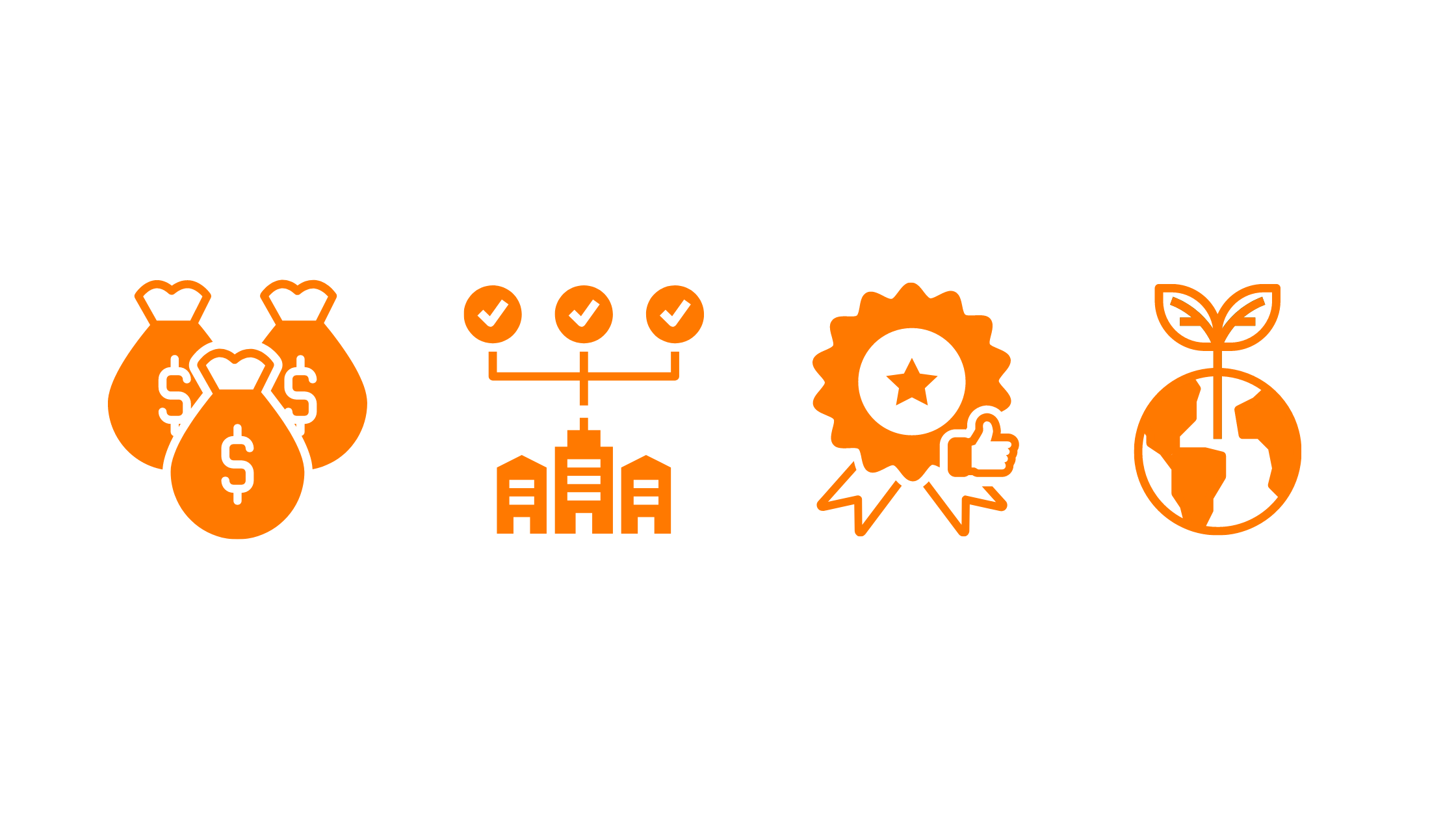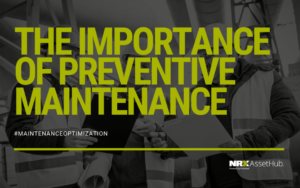Planning is critically important in all areas of business, and especially within Asset Management. Many companies fail to plan and take part in reactive maintenance by responding to asset issues after the fact in solving their maintenance problems. Instead, asset-intensive companies should focus on optimizing their preventive maintenance strategy. Preventive maintenance is the act of taking steps to prevent issues from occurring within your equipment and to reduce downtime.
Preventive maintenance data within your EAM/CMMS system can be highly complex and challenging to change. This is why a migration is a perfect opportunity to optimize your PM data. Below are some of the benefits that preventive maintenance can provide.
Reduced Downtime
Focusing on preventive maintenance can reduce downtime. Instead of waiting for equipment failure to occur, your company should already have routine maintenance scheduled in your preventive maintenance plan. Since you are maintaining equipment before failure, you can significantly reduce downtime as you won’t have to wait for parts to arrive or for the issue to be identified while equipment is down. Further, you will not have to fix equipment when operations are running. Instead, you can schedule maintenance at a time when equipment does not need to be used.

Keep Equipment In Good Condition
In subjecting your equipment to routine maintenance, your company can keep them in good condition and increase their lifespan. Specific issues arise within the equipment that might not necessarily lead to complete failure but can decrease its lifespan. By maintaining equipment before failure, you can address issues that otherwise wouldn’t have been addressed. Ultimately, this can not only increase an asset’s life span but reduce the risk of failure as well.
Improved Customer Service
Since reduced downtime directly correlates with increased productivity, companies can get goods into the hands of customers quicker because of preventive maintenance. Adequate equipment also means that goods will be assembled correctly and won’t have defects later on.
Improves Wellbeing of Employees
A goal of preventive maintenance is not only to reduce the risk of equipment failure but the risk of accidents as well. Employees will be less likely to be harmed by malfunctioning equipment. Further, they will not have to spend as much time repairing equipment but instead focus their energy on productive efforts. They will not have to work overtime, and you won’t have to pay them for doing so.
Takeaway
Preventive maintenance is essential to focus on in asset management. HubHead’s solutions and services can help you implement or reorganize your PMs before an EAM migration. Contact us to book a demo or download our brochure to learn more.
Preventing Disaster with Preventive Maintenance
The Importance of Preventive Maintenance
Basic Principles of Preventive Maintenance
Share this article




